




Did you find this useful? Give us your feedback
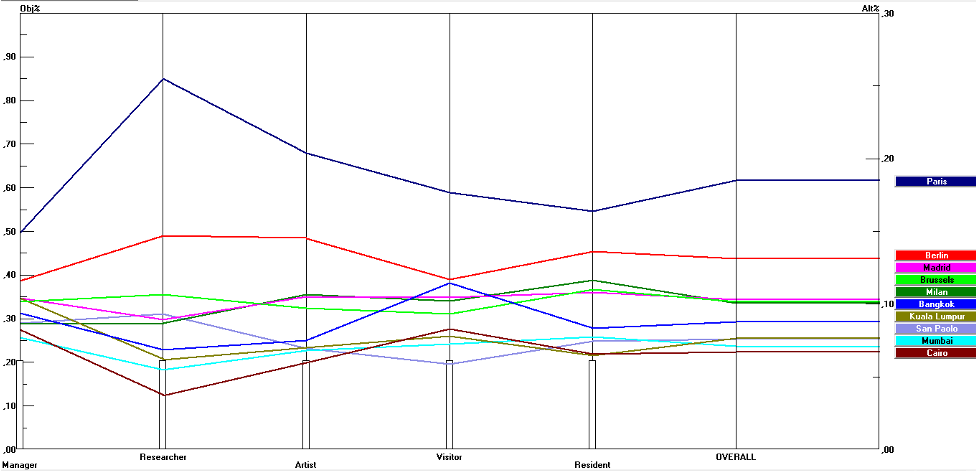
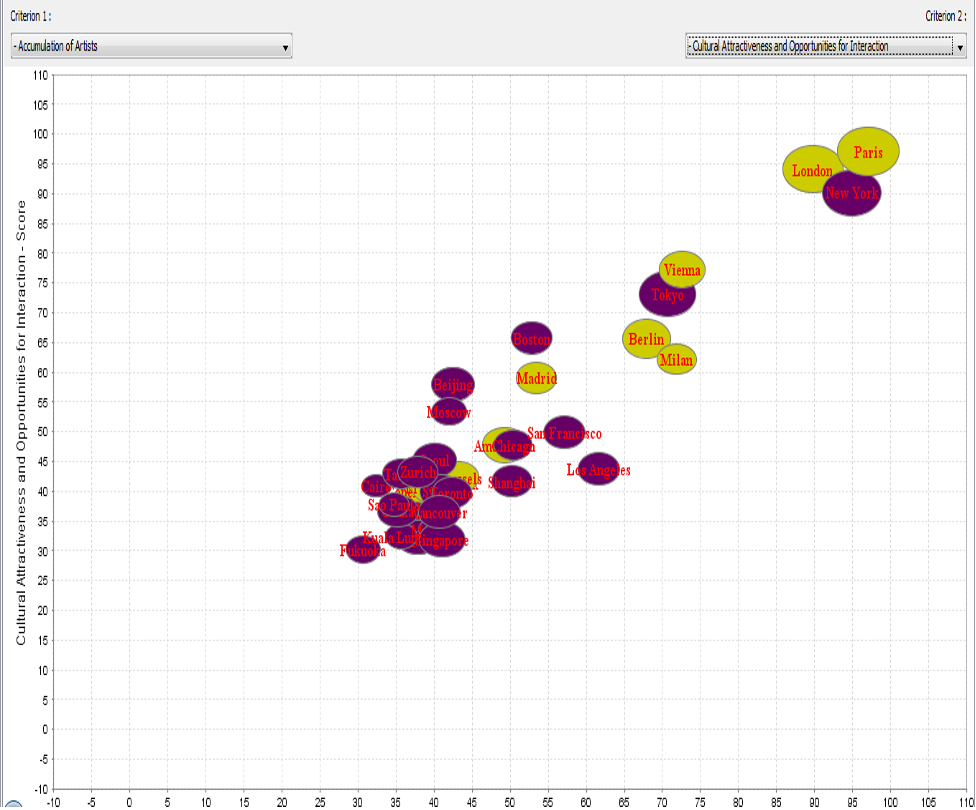
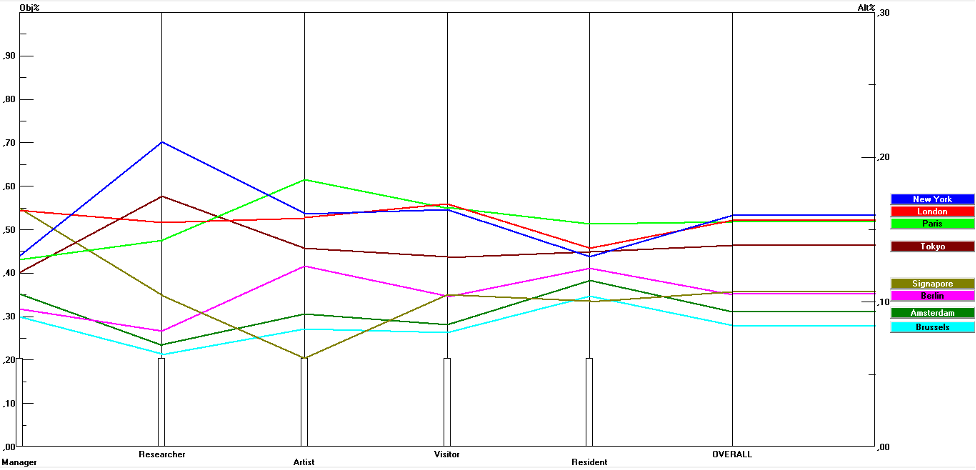


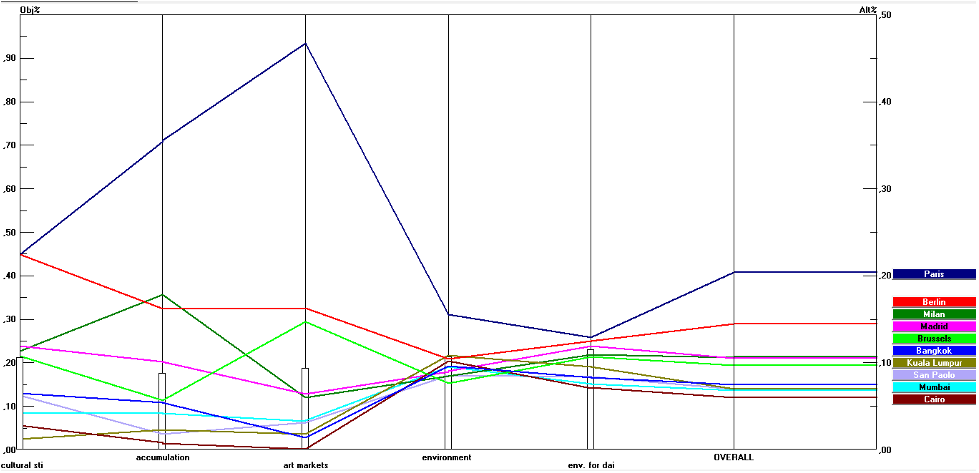



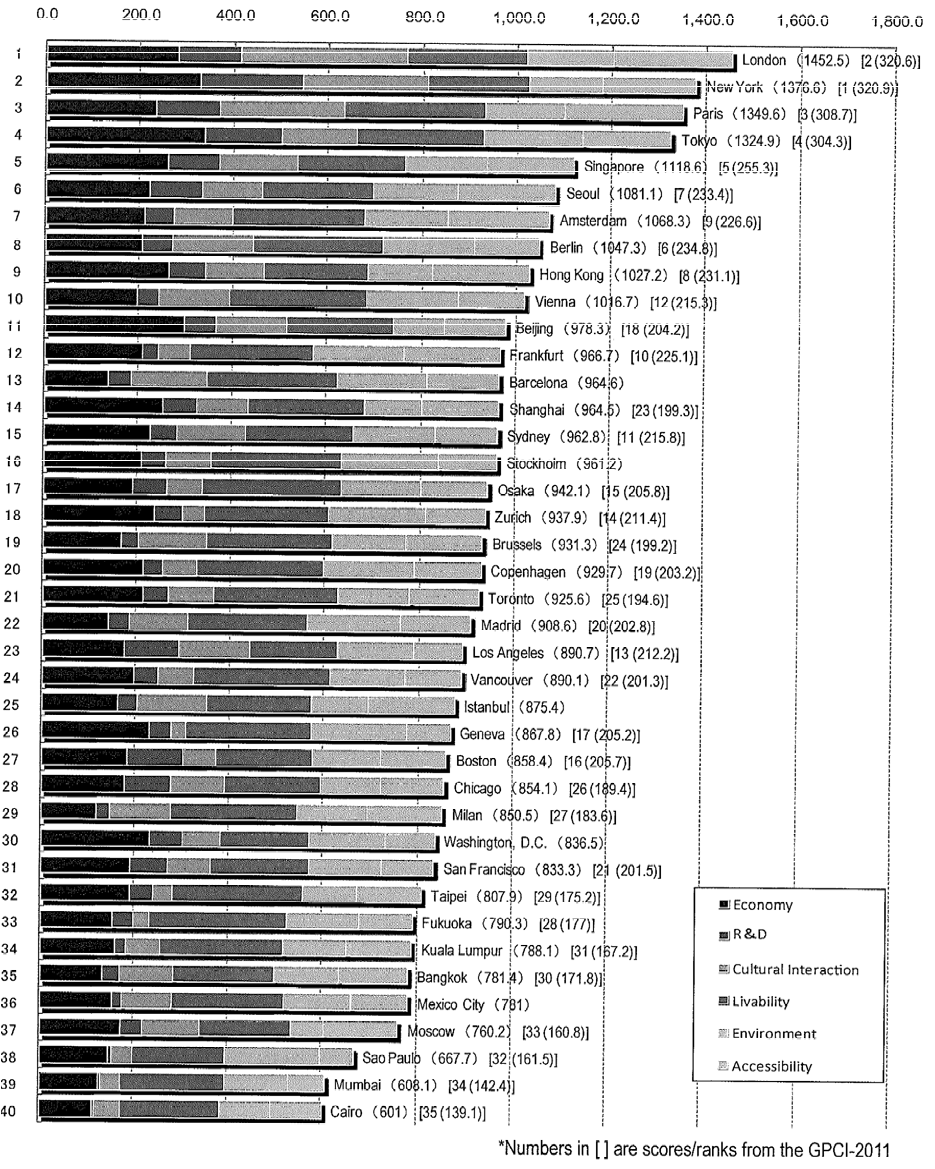
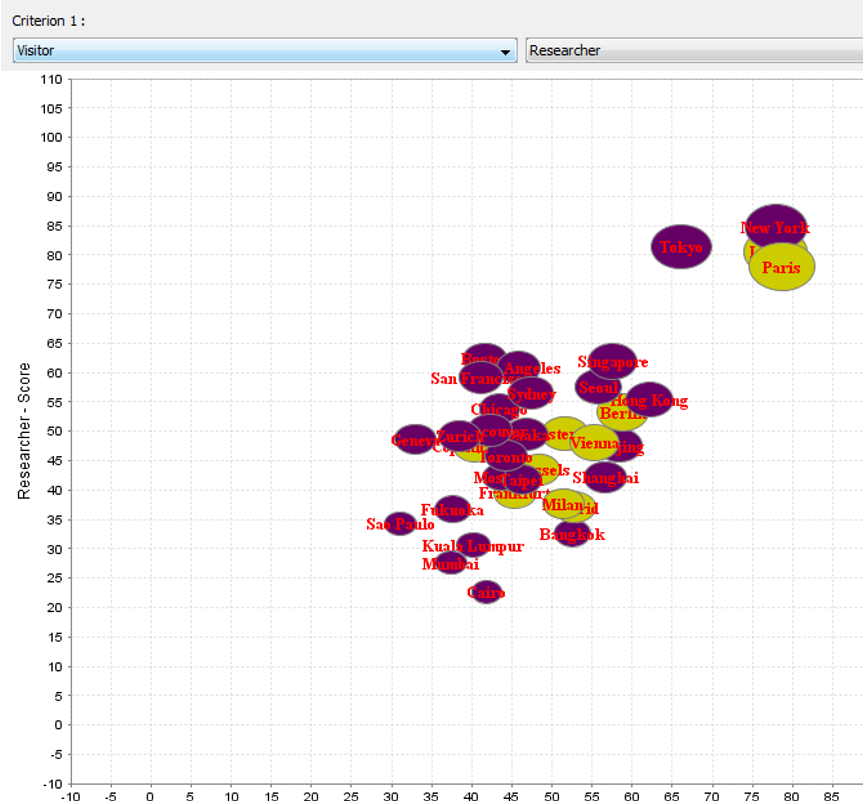






5 citations
5 citations
5 citations
5 citations
...Factor Authors Social and Ethnic Plurality – Diversity Carli et al. (2013), Giffinger et al. (2007), Kourtit et al. (2014), Lazaroiu et al. (2012) Attractiveness Carli et al. (2013), Hortz (2016) Environment – Ecology Kourtit et al. (2014), Lombardi et al. (2011), Neirotti et al. (2014)…...
[...]
...…Giffinger et al. (2007), Lazaroiu et al. (2012) Community Involvement Carli et al. (2013), Giffinger et al. (2007), Lazaroiu et al. (2012) Cost of living Kourtit et al. (2014) Access to Services Carli et al. (2013), Lombardi et al. (2011), Neirotti et al. (2014), Trindade et al. (2017) itants…...
[...]
...…– Ecology Kourtit et al. (2014), Lombardi et al. (2011), Neirotti et al. (2014) (environmental awareness) Working Environment Giffinger et al. (2007), Kourtit et al. (2014), Lombardi et al. (2011), Neirotti et al. (2014) Level of Qualification Caragliu and Del Bo (2012), Carli et al. (2013),…...
[...]
...Factor Authors Social and Ethnic Plurality – Diversity Carli et al. (2013), Giffinger et al. (2007), Kourtit et al. (2014), Lazaroiu et al. (2012) Attractiveness Carli et al. (2013), Hortz (2016) Environment – Ecology Kourtit et al. (2014), Lombardi et al. (2011), Neirotti et al. (2014) (environmental awareness) Working Environment Giffinger et al. (2007), Kourtit et al. (2014), Lombardi et al. (2011), Neirotti et al. (2014) Level of Qualification Caragliu and Del Bo (2012), Carli et al. (2013), Giffinger et al. (2007), Lazaroiu et al. (2012), Lombardi et al. (2011) Innovation – Creativity Caragliu and Del Bo (2012), Carli et al. (2013), Giffinger et al. (2007), Kourtit et al. (2014), Lazaroiu et al. (2012), Lombardi et al. (2011), Neirotti et al. (2014), Esmaeilpoorarabi et al. (2016) Cosmopolitanism/open-mindedness Carli et al. (2013), Giffinger et al. (2007), Lazaroiu et al. (2012) Community Involvement Carli et al. (2013), Giffinger et al. (2007), Lazaroiu et al. (2012) Cost of living Kourtit et al. (2014) Access to Services Carli et al. (2013), Lombardi et al. (2011), Neirotti et al. (2014), Trindade et al. (2017) itants (Cystat, 2011), consisted of the 89.58 % of the total district population....
[...]
...…(2013), Giffinger et al. (2007), Kourtit et al. (2014), Lazaroiu et al. (2012) Attractiveness Carli et al. (2013), Hortz (2016) Environment – Ecology Kourtit et al. (2014), Lombardi et al. (2011), Neirotti et al. (2014) (environmental awareness) Working Environment Giffinger et al. (2007),…...
[...]
4 citations
25,433 citations
7,252 citations
[...]
6,018 citations
...…cities have turned into spearheads of (supra)regional and (supra-)national power, not only from a socio-economic perspective (business, innovativeness, jobs, wealth), but also from a geo-political (‘cities as global command and control centres’; see Sassen 1991) and a technological perspective....
[...]
4,610 citations
...The first category has been well described by Jacobs (1969) who has introduced the concept of an urban ‘melting pot’: cities house a multiplicity of people with different cultural, ethnic or language backgrounds which may at times create tensions, but also form the seedbed conditions for innovative…...
[...]
2,322 citations